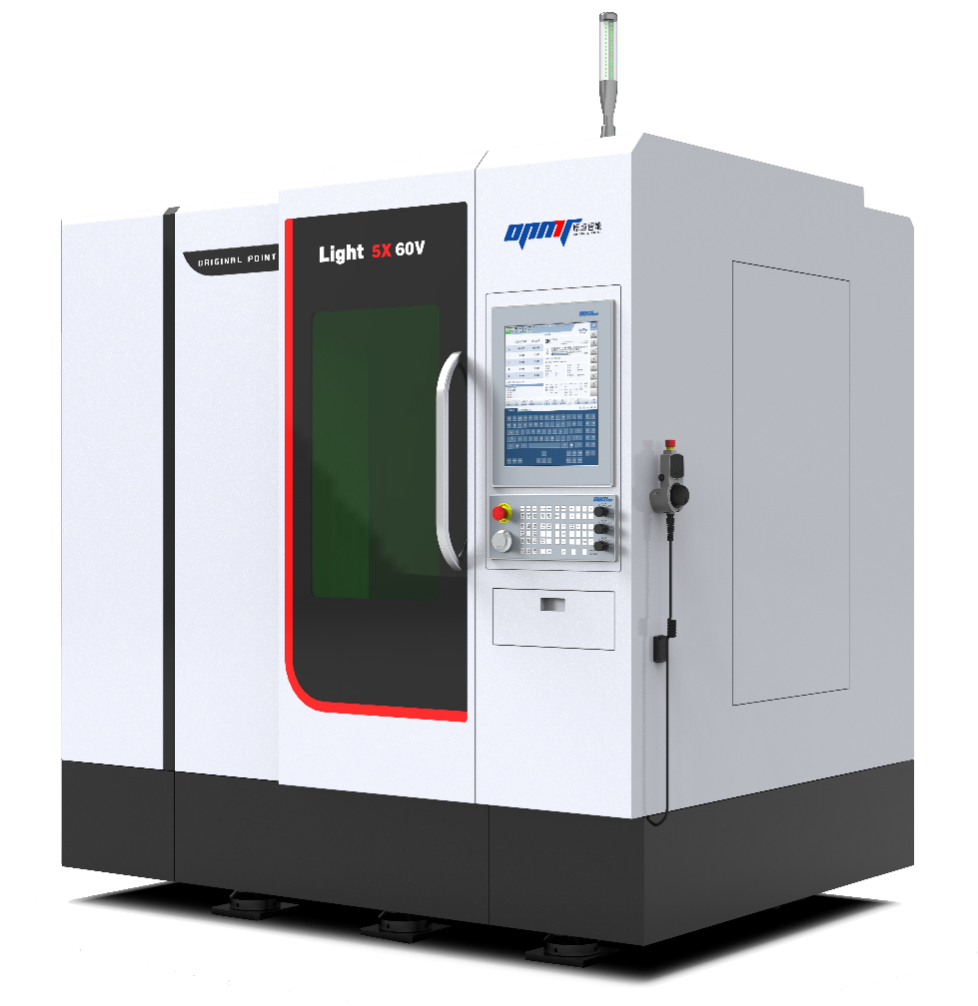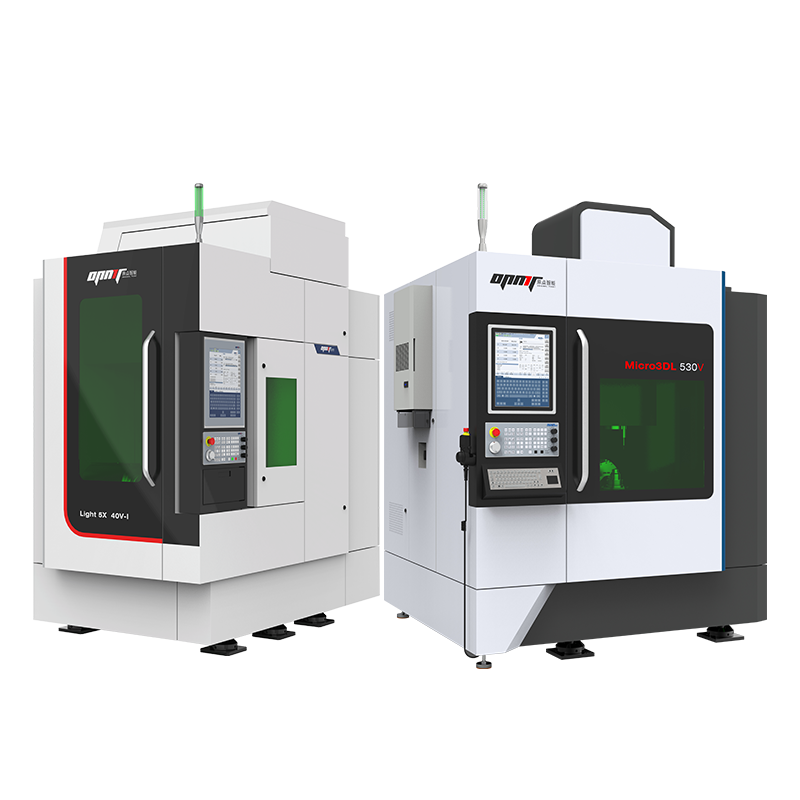Laser Welding Machines (LWMs) stand at the forefront of welding technology, delivering unparalleled precision for industries requiring flawless welds. Proper care of these advanced tools is key to their longevity and performance. This comprehensive guide explores how LWMs function, their diverse industry applications, essential maintenance tips, and key factors for selecting the right machine. Whether you’re in aerospace, automotive, or electronics, understanding LWMs is crucial for achieving high-quality, efficient welds.
How Laser Welding Machines Work?
Laser welding machines utilize a focused beam of light to join materials with precision and efficiency. The process begins with a laser source, such as a fiber or CO₂ laser, generating a high-intensity beam. This beam is then directed through a series of lenses and mirrors onto the workpiece. At the point of contact, the concentrated energy creates a small, intensely hot area that melts the material. As the molten material cools, it solidifies to form a strong weld.

Key components of a laser welding machine include:
- Laser source (fiber or CO₂ lasers)
- Beam delivery system
- Welding head
- Control unit
The machine’s precision allows for welding various materials, including metals and thermoplastics, with minimal distortion and high accuracy. As of 2025, advancements in laser technology have further improved energy efficiency and weld quality, making laser welding an increasingly popular choice in manufacturing industries.
Industry Applications of Laser Welding Machines
Laser welding machines have become indispensable across multiple sectors, revolutionizing manufacturing processes with their unparalleled precision and versatility. Here’s a comprehensive overview of how these cutting-edge tools are transforming key industries in 2025:
Automotive Sector

Laser welding machines are reshaping automotive manufacturing:
- Body Assembly: Creating seamless, high-strength joints in vehicle frames
- Powertrain Components: Precision welding of transmission parts and engine blocks
- Lightweight Design: Enabling the use of advanced materials for improved fuel efficiency
- Safety Systems: Fabricating robust crash structures and reinforcements
By 2025, over 70% of luxury vehicles incorporate laser-welded components, enhancing structural integrity while reducing overall weight.
Aerospace Industry
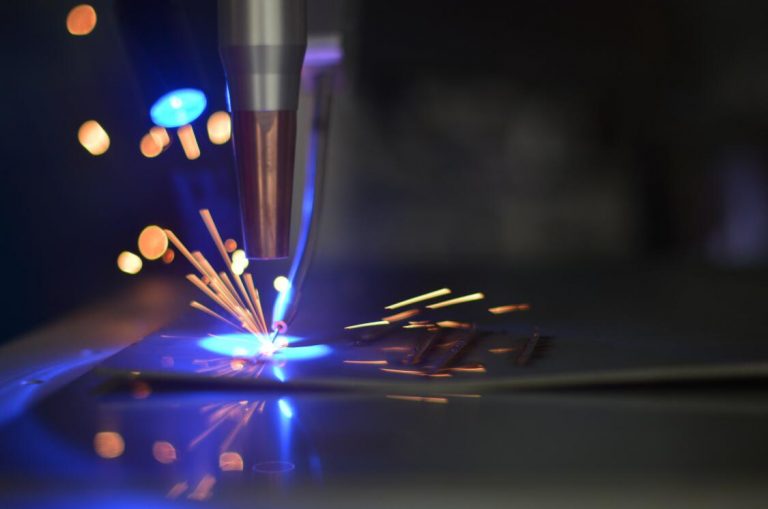
In aerospace engineering, laser welding machines are critical for:
- Turbine Construction: Crafting complex, heat-resistant engine parts
- Fuselage Fabrication: Joining large structural elements with minimal distortion
- Satellite Components: Assembling delicate electronic housings for space applications
- Fuel System Integration: Creating leak-proof connections in propulsion systems
Recent advancements have led to a 25% increase in the use of laser welding for next-generation aircraft manufacturing.
Electronics Manufacturing

The electronics sector relies on laser welding for:
- Microelectronics: Assembling tiny sensors and actuators
- Battery Technology: Sealing high-capacity lithium-ion cells for electric vehicles
- Wearable Devices: Constructing water-resistant casings for smartwatches
- 5G Infrastructure: Fabricating precise antenna arrays for high-speed networks
In 2025, laser welding is projected to account for 40% of all joining processes in consumer electronics production.
Medical Device Production
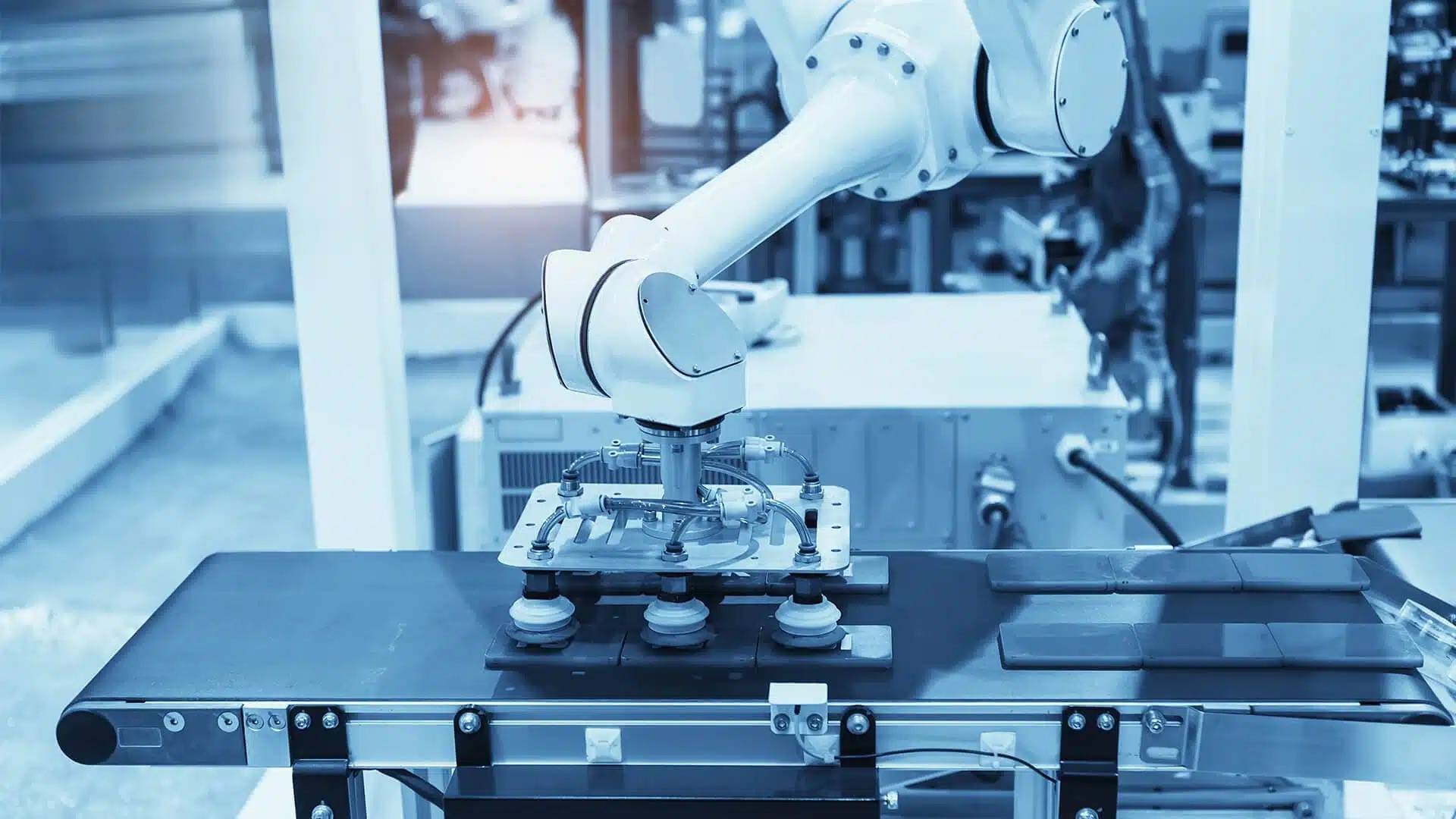
Laser welding machines are essential in creating life-saving medical devices:
- Implantable Devices: Manufacturing pacemakers and neural stimulators
- Surgical Instruments: Producing ultra-sharp, durable tools for minimally invasive procedures
- Diagnostic Equipment: Assembling complex imaging systems with nanometer precision
- Drug Delivery Systems: Fabricating micro-pumps and smart pill capsules
The medical device industry has seen a 30% reduction in production costs since adopting advanced laser welding techniques.
Jewelry Crafting
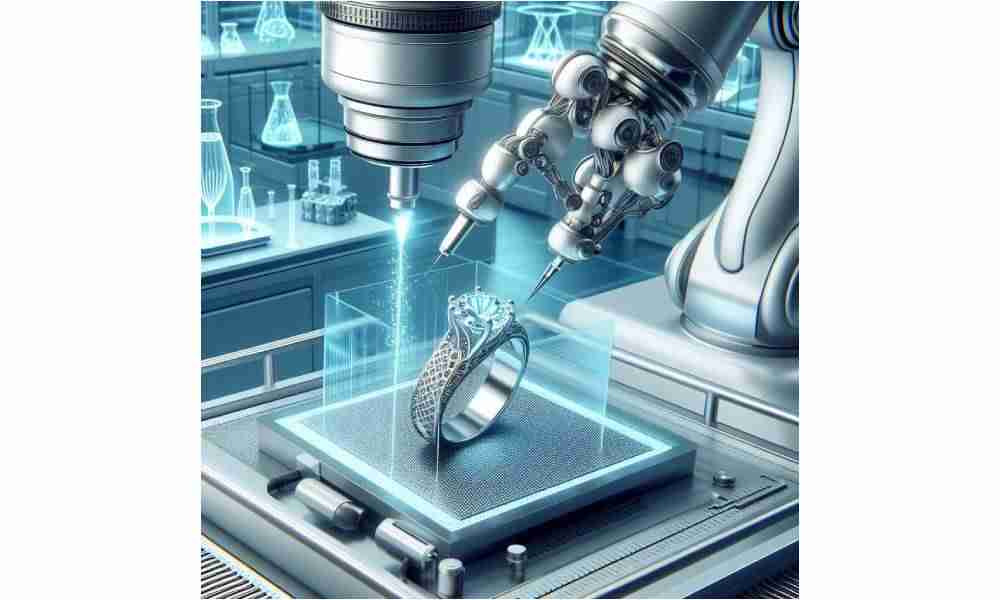
In the luxury goods sector, laser welding machines excel at:
- Intricate Designs: Joining delicate filigree work without visible seams
- Stone Setting: Securing precious gems with minimal heat exposure
- Alloy Mixing: Creating unique metal blends for custom pieces
- Restoration: Repairing antique jewelry with museum-grade precision
By 2025, 80% of high-end jewelry manufacturers will use laser welding as their primary joining method.
| Industry | Key Application | Efficiency Gain |
|---|---|---|
| Automotive | Body assembly | 35% faster |
| Aerospace | Turbine parts | 50% stronger joints |
| Electronics | Battery sealing | 99.9% leak-proof |
| Medical | Implantables | 40% size reduction |
| Jewelry | Stone setting | 90% less heat damage |
Laser welding machines continue to push the boundaries of manufacturing capabilities, offering unmatched precision, speed, and versatility across industries. As technology advances, these tools are expected to play an even more crucial role in shaping the future of production processes.
Essential Tips to Maintain Your Laser Welding Machine in 2025
Proper maintenance is crucial for optimal performance and longevity of laser welding machines. Here are key tips to keep your equipment in top condition:

1. Regular Cleaning
Establish a strict cleaning routine to protect optical components and the laser delivery system from performance-diminishing contaminants. Use specialized lint-free wipes and manufacturer-approved cleaning solutions. Pay careful attention to optical surfaces to prevent scratches or permanent damage.
- Clean optical components, including mirrors and lenses, weekly
- Remove dust and debris from the laser delivery system daily
- Inspect and clean the laser and gas outlet tube regularly
- Keep the laser gun clean and free from residue
2. Cooling System Maintenance
The cooling system is vital for your laser welding machine’s performance. Regular maintenance ensures optimal operating temperature and prevents overheating.
- Inspect and clean cooling system components monthly
- Monitor coolant levels and maintain within recommended parameters
- Replace coolant according to manufacturer’s guidelines, typically every 6-12 months
- Check for leaks or blockages in the cooling system regularly
3. Optics Inspection and Replacement
The quality of the laser beam directly correlates with the condition of the optics. Regular assessment and timely replacement of damaged components are essential.
- Assess laser optics condition weekly
- Replace damaged or worn-out optics promptly
- Use proper handling techniques to avoid contamination
- Keep spare optics on hand for quick replacements
4. Calibration and Alignment
Precision is crucial in laser welding. Regular calibration and alignment ensure consistent, high-quality welds.
- Follow manufacturer’s guidelines for laser beam calibration
- Perform alignment checks at least monthly or after any machine movement
- Use specialized alignment tools provided with the machine
- Document calibration results for quality control purposes
5. Gas Supply Monitoring
Proper gas supply is critical for weld quality and machine longevity. Regular checks prevent issues related to gas flow or leaks.
- Check shielding gas supply daily before operation
- Ensure proper gas flow rates and pressure
- Inspect gas lines and connections for leaks weekly
- Use high-purity gases suitable for laser welding
6. Software Updates and Diagnostics
Stay current with software updates to ensure optimal performance and access to the latest features.
- Check for control software updates quarterly
- Install updates during scheduled maintenance to minimize downtime
- Keep a log of software versions and update history
- Test machine functionality after each update
7. Operator Training and Safety
Well-trained operators are essential for efficient machine operation and maintenance.
- Provide comprehensive initial training for all operators
- Conduct refresher courses annually or when new features are introduced
- Emphasize proper machine operation and safety protocols
- Encourage operators to report any unusual machine behavior promptly
By implementing these maintenance tips, you can ensure consistent performance, extend the lifespan of your laser welding machine, and maintain high-quality welds throughout 2025 and beyond. Regular maintenance not only improves efficiency but also contributes to a safer working environment and reduced operational costs.
How to Choose the Right Laser Welding Machine in 2025
Selecting the ideal laser welding machine is crucial for maximizing efficiency and productivity in your metalworking operations. Here’s a comprehensive guide to help you make an informed decision:
Assess Your Welding Requirements
Before diving into the selection process, conduct a thorough evaluation of your specific welding needs. Consider the following factors:
- Material Types: Determine which materials you’ll be working with most frequently, such as stainless steel, aluminum, or titanium. Different laser welding machines excel at welding various materials.
- Material Thicknesses: Assess the range of thicknesses you’ll typically be welding. This information will help you choose a machine with the appropriate power output.
- Desired Weld Quality: Define your quality standards and ensure the machine can meet them consistently.
- Production Volume: Consider your current and projected production needs to select a machine that can handle your workload.
By thoroughly evaluating these factors, you’ll be better equipped to choose a laser welding machine that aligns perfectly with your specific requirements.
Evaluate Power and Beam Delivery Systems
The power level and beam delivery system of your laser welding machine are critical factors that directly impact its performance and versatility. Consider the following aspects:
- Power Output: Ensure the machine’s power level is sufficient for your materials and thicknesses. Higher power generally allows for faster welding speeds and deeper penetration.
- Beam Quality: Look for excellent beam quality (M2 ≤1.5) to achieve fine precision in your welds.
- Pulse Shaping Capabilities: Advanced pulse shaping features can provide greater control over the welding process, especially for challenging materials.
- Spot Size Control: The ability to adjust spot size can be crucial for achieving optimal results across different applications.
A well-matched combination of power and beam delivery ensures efficient welding and high-quality results across a range of materials and thicknesses.
Consider Maintenance Requirements and Support
Investing in a laser welding machine with robust maintenance support can significantly reduce downtime and extend the lifespan of your equipment. Key considerations include:
- Manufacturer’s Track Record: Research the reputation of potential manufacturers for reliability and after-sales support.
- Availability of Service and Spare Parts: Ensure that service technicians and replacement parts are readily accessible in your region.
- Ease of Access to Critical Components: Look for machines designed with maintenance in mind, allowing for easy access to key parts.
- Preventive Maintenance Schedules: Choose a machine with clear, manageable maintenance routines to keep it operating at peak performance.
By prioritizing machines with strong maintenance support, you can minimize operational disruptions and maximize the return on your investment.
Analyze Cost-Effectiveness and Budget Considerations
While it’s tempting to focus solely on the initial purchase price, it’s crucial to consider the total cost of ownership when selecting a laser welding machine. Factor in the following:
- Initial Purchase Price: Compare prices across different models and manufacturers, but don’t let this be your only consideration.
- Long-Term Operational Costs: Evaluate factors such as energy consumption, maintenance expenses, and consumable costs over the machine’s expected lifespan.
- Energy Efficiency Ratings: Look for machines with high energy efficiency to reduce ongoing operational costs.
- Potential Productivity Gains: Consider how the machine’s features and capabilities might improve your overall productivity and output quality.
Aim to strike a balance between upfront costs and long-term value, choosing a machine that offers the best overall return on investment for your specific needs.
Verify Material Compatibility and Versatility
Ensure that the laser welding machine you choose is compatible with the full range of materials you work with or plan to work with in the future. Consider these points:
- Reflective Metals: If you work with highly reflective materials like copper or aluminum, ensure the machine has appropriate safety features and power settings to handle them effectively.
- Heat-Sensitive Materials: For delicate or heat-sensitive components, look for machines with precise control over heat input.
- Exotic Alloys: If your work involves specialized alloys, verify that the machine can accommodate their unique properties.
A versatile machine that can handle a wide range of materials will provide greater flexibility and value for your operations.
Explore Automation Features and Integration Options
In today’s rapidly evolving manufacturing landscape, automation capabilities can significantly enhance your productivity and consistency. Look for these features:
- Programmable Welding Patterns: Machines with the ability to store and execute complex welding patterns can increase efficiency for repetitive tasks.
- Integration with Robotic Systems: Consider machines that can easily interface with robotic arms or other automated handling systems for high-volume production.
- Real-Time Process Monitoring: Advanced monitoring systems can help maintain weld quality and detect issues before they become problems.
- Adaptive Control Features: Look for machines that can automatically adjust welding parameters based on real-time feedback for consistent results.
By investing in a machine with robust automation features, you can streamline your operations and improve overall productivity.
Prioritize Safety Features and Compliance
Laser welding machines operate at high power levels, making safety a critical consideration. Ensure your chosen machine includes:
- Laser Enclosures: Look for Class 1 laser safety enclosures that prevent accidental exposure to laser radiation.
- Interlocks and Emergency Stops: Verify that the machine has multiple safety interlocks and easily accessible emergency stop buttons.
- Fume Extraction Systems: Adequate fume extraction is essential for maintaining a safe working environment.
- Operator Training Programs: Choose a manufacturer that offers comprehensive training programs to ensure safe and effective machine operation.
Compliance with the latest 2025 safety standards is not just a legal requirement but also crucial for protecting your workforce and maintaining a safe working environment.
By carefully evaluating these factors, you’ll be well-equipped to select a laser welding machine that aligns perfectly with your production goals, quality standards, and safety requirements. Remember that the right choice can significantly impact your operational efficiency and overall competitiveness in the metalworking industry.
Conclusion
Laser Welding Machines (LWMs) are revolutionizing manufacturing across diverse industries in 2025, from automotive to aerospace, electronics to medical devices, and even luxury goods. These precision tools have significantly boosted efficiency, with automotive body assembly 35% faster, aerospace joints 50% stronger, and electronics battery sealing achieving a 99.9% leak-proof rate. The key to maximizing LWM potential lies in careful selection and maintenance, considering factors such as welding requirements, power systems, support, cost-effectiveness, material compatibility, automation features, and safety compliance.
As laser technology continues to evolve, manufacturers who invest wisely in LWMs and stay current with advancements will be well-positioned to meet future quality demands while optimizing production. LWMs are not just tools, but strategic assets in the pursuit of manufacturing excellence, shaping the future of precision manufacturing with their unparalleled capabilities. Their impact on production processes underscores their potential to drive innovation and quality improvements across the manufacturing landscape.
Disclaimer
This content is compiled by OPMT Laser based on publicly available information for reference only; mentions of third-party brands and products are for objective comparison and do not imply any commercial association or endorsement.

